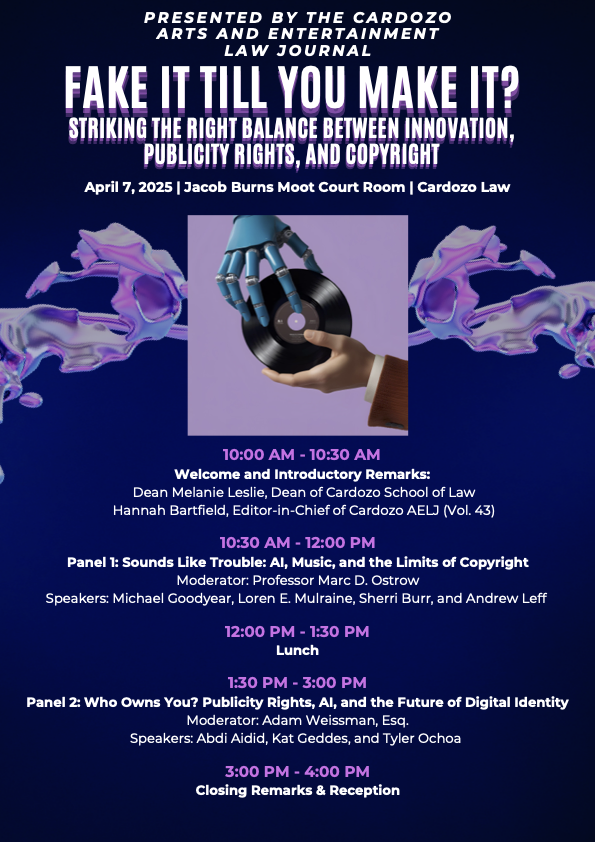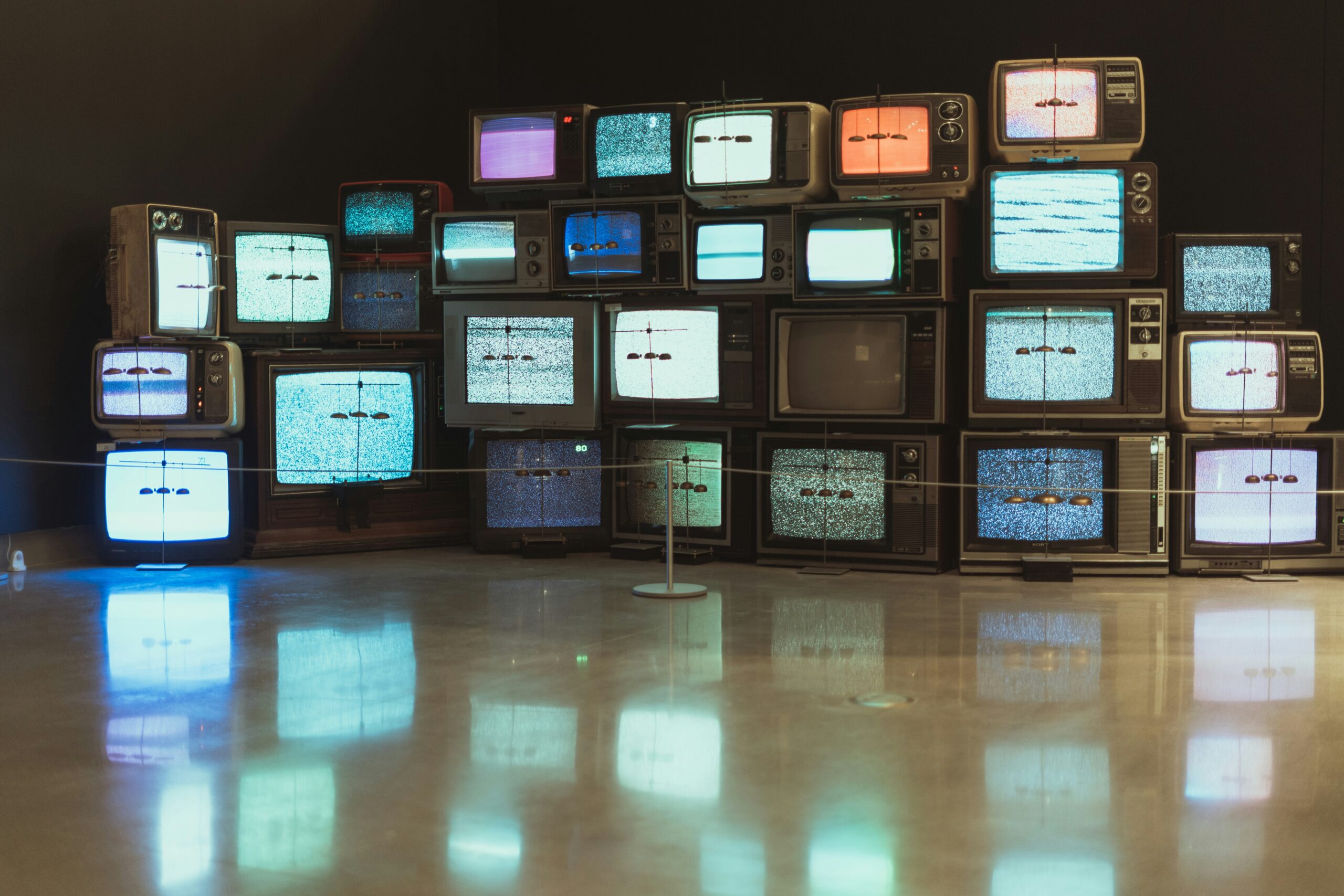In January 2018, luxury car brand Mercedes-Benz (“Mercedes”) posted on Instagram, for promotional purposes, images of the Mercedes G 500.[1] These photos were taken in Detroit, Michigan, in front of recently beautified murals.[2] The three murals featured in the Mercedes ads were created by artists Daniel Bombardier, James “Dabls” Lewis, Jeff Soto, and Maxx Gramajo (“the Mural Artists”).[3] A little more than a year after Mercedes posted the photos, the attorney for the artists, Jeff Gluck, reached out to Mercedes to discuss Mercedes’s unlicensed use of the murals.[4] Proceeding this action, Mercedes deleted the photos and subsequently filed declaratory judgement actions against the Mural Artists.[5]
In Mercedes’s declaratory judgment actions, Mercedes “contend[ed] (1) Mercedes made fair use of the [Mural Artists’] murals, (2) [the Mural Artists’] murals are exempt from protection under [the Architectural Works Copyright Protection Act,] AWCPA, (3) Mercedes did not violate the Digital Millennium Copyright Act, 17 U.S.C. § 1201 et seq., (4) Mercedes did not violate any of [the Mural Artists’] alleged rights.”[6] In response, the Mural Artists filed three separate motions to dismiss and argued “that the declaratory judgement complaints fail to state a claim because (1) the case is not ripe as [the Mural Artists] have not registered copyrights, [and] (2) Mercedes has failed to state a claim under the … [AWCPA], 17 U.S.C. § 120(a).”[7]
The Mural Artists, unfortunately, did not make strong enough arguments to support their claims. First, despite the Mural Artists’ belief that Mercedes failed to state a ripe claim, this claim is ripe, regardless of whether or not the Mural Artists registered their works for copyright protection.[8] Since the Mural Artists threatened to sue Mercedes for copyright infringement, Mercedes’s declaratory motions against the Mural Artists are ripe.[9] Second, Mercedes did not fail to state a claim under section 120 of the AWCPA.[10] Section 120(a), Scope of exclusive rights in architectural works, of Article 17 of the United States Code states that:
The copyright in an architectural work that has been constructed does not include the right to prevent the making, distributing, or public display of pictures, paintings, photographs, or other pictorial representations of the work, if the building in which the work is embodied is located in or ordinarily visible from a public place.[11]
Therefore, section 120 creates Mercedes’s right to take these photos free from copyright infringement.[12] This point is further supported by the Ninth Circuit’s decision in Leicester v. Warner Brothers.[13] The Court found that while Leicester’s work is sculptural, it is part of an architectural work as components in the building’s design.[14] Therefore, Warner Brothers’ depiction of Leicester’s work in its film did not infringe on copyright law.[15] Furthermore, the Mural Artists tried to advance additional arguments; but, ultimately, on September 11, 2019, the Court denied the Mural Artists’ motions to dismiss.[16] Then, on September 26, 2019, the three cases brought by the Mural Artists were consolidated.[17]
By denying the Mural Artists’ motion to dismiss, the Court found that Mercedes asserted a plausible claim that its work is protected by the AWCPA.[18] With the litigation moving forward, the Mural Artists’ attorney, Jeff Gluck, is concerned that “if Mercedes wins, it could eviscerate artists’ rights and fundamentally alter copyright protection for outdoor artwork. All artwork on all buildings could become unprotected, which would reshape our cities and impact an entire industry.”[19] This conflict raises the question of whether works that are publicly visible on the exterior of buildings to which they are permanently attached fall outside the scope of copyright eligibility.[20]
In 1990, when architectural works started to receive copyright protection, the right was limited by § 120(a).[21] Therefore, works that are publicly visible on the exterior of buildings to which they are permanently attached fall outside the scope of copyright eligibility. In Leicester, Leicester maintains the belief “that the streetwall towers are a sculptural work which is ‘conceptually separate’ from the building and thus independently entitled to copyright protection.”[22] However, the Court rejected this argument, as the sculptures, and in this case the murals, “are part of the functional and architectural vocabulary of the building.”[23] With the murals being useful parts of the buildings, Mercedes is able to freely take photos displaying them; “[o]therwise, § 120(a)’s exemption for pictorial representations of buildings would make no sense.”[24] But, is this exemption fair to the artists?
Copyright protection exists “in original works of authorship, fixed in any tangible medium of expression … from which they can be perceived, reproduced, or otherwise communicated, either directly or with the aid of a machine or device.”[25] In this case, the murals are original works of authorship, fixed in a tangible medium of expression. To further this point, in Star Athletica, L.C.C. v. Varsity Brands, Inc., the Court held that:
[A] feature incorporated into the design of a useful article is eligible for copyright protection only if that feature (1) can be perceived as a two- or three-dimensional work of art separate from the useful article and (2) would qualify as a protectable pictorial, graphic, or sculptural work—either on its own or fixed in some other tangible medium of expression—if it were imagined separately from the useful article into which it is incorporated.[26]
This means that if these murals were painted on a canvas, the Mural Artists would be able to receive the full scope of copyright protection. Therefore, if the architectural works exemption did not exist, the Mural Artists may be able to prove copyright infringement.
Emily Tannenbaum is a Second Year Student at the Benjamin
N. Cardozo School of Law and a Staff Editor at the Cardozo Arts &
Entertainment Law Journal. Emily is interested in intellectual property law,
specifically patent law. Emily is also the current treasurer of the
Intellectual Property Law Society and will be a clinical intern for the Tech
Startup Clinic in the Spring.
[1] James D. Dickson, Mercedes sues artists over Eastern Market murals, Det. News (Apr. 1, 2019), https://www.detroitnews.com/story/business/2019/04/01/mercedes-sues-artists-over-eastern-market-murals/3330608002/.
[2] Id.
[3] Id.
[4] Kyle Jahner, Mercedes Fight with Muralists Tests Building Copyright Bounds, Bloomberg L. (Apr. 23, 2019), https://news.bloomberglaw.com/ip-law/mercedes-fight-with-muralists-tests-building-copyright-bounds.
[5] Id.
[6] Mercedes Benz, USA, LLC v. Lewis, No. 19-10948, 2019 U.S. Dist. LEXIS 154818, at 6, (E.D. Mich. Sept. 11, 2019).
[7] Mercedes, 2019 U.S. Dist. LEXIS 154818, at 3.
[8] Id. at 12; see Otter Prods., LLC v. Stage Two Nine, LLC, No. 18-CV-01724-CMA-NYW, 2019 U.S. Dist. LEXIS 23430, at 7 (D. Colo. Jan. 15, 2019).
[9] Mercedes, 2019 U.S. Dist. LEXIS 154818at 8.
[10] Mercedes, 2019 U.S. Dist. LEXIS 154818, at 14.
[11] 17 U.S.C. § 120(a) (2019).
[12] Mercedes, 2019 U.S. Dist. LEXIS 154818, at 12-13.
[13] Id. at 13 (“[T]he creator of the ‘Zanja Madre’ towers—a series of sculptures along the courtyard of the 801 Building—sued filmmakers for copyright infringement for depicting the 801 Building’s design.”); see Leicester v. Warner Brothers, 232 F.3d 1212 (9th Cir. 2000).
[14] Mercedes, 2019 U.S. Dist. LEXIS 154818, at 13.
[15] Id. at 13-14.
[16] Id. at 23.
[17] Mercedes Benz v. Lewis, No. 19-10948, 2019 U.S. Dist. LEXIS 166073, at 1, (E.D. Mich. Sept. 26, 2019) (“ORDER CONSOLIDATING CASES AND BIFURCATING LIABILITY AND DAMAGES.”).
[18] Ashley Cullins, Mercedes Benz Graffiti Lawsuit Rolls Past Motion to Dismiss, Hollywood Rep. (Sept. 11,2019), https://www.hollywoodreporter.com/thr-esq/mercedes-benz-graffiti-lawsuit-rolls-past-motion-dismiss-1238997.
[19] Id.
[20] Jahner, supra note 4.
[21] Leicester v. Warner Brothers, 232 F.3d 1212, 1219–1220 (9th Cir. 2000).
[22] Leicester, 232 F.3d at 1219.
[23] Id.
[24] Id.
[25] 17 U.S.C. § 102(a).
[26] Star Athletica, L.L.C. v. Varsity Brands, Inc., 137 S. Ct. 1002, 1007 (2017).



